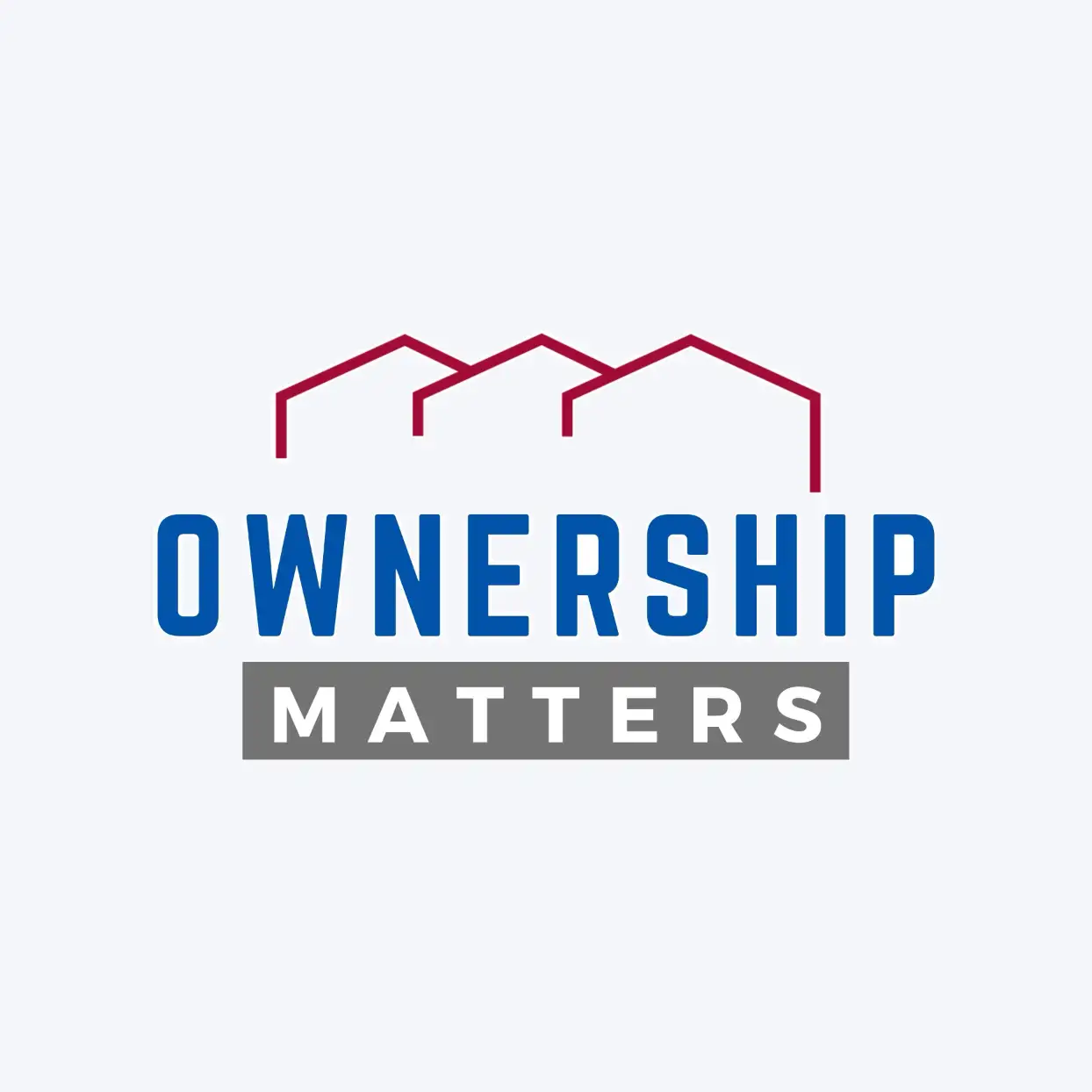We had the opportunity to sit down with Cranberry Village’s own Board President, Brenda Bakal. While Brenda moved in a few years after Cranberry Village became a ROC, she has navigated the community during the pandemic, its refinance and some major infrastructure projects. In the episode, she will share with us what attracted her to the community, what motivated her to run for the cooperative presidency, and more!
Show Notes
S1 Episode 16: Infrastructure Projects and Refinance at Cranberry Village
0:10 Episode introduction
Hosts Paul Bradley and Mike Bullard jump right into the episode by sharing about today’s guest, Brenda Bakal. Brenda is the board President of the Cranberry Village Residents Association in Carver, MA. Cranberry Village is a lovely resident-owned community for people fifty-five and older, and it recently undertook a couple of major projects: refinancing and embarking on a 4.4-million-dollar water infrastructure replacement project. Brenda and her husband moved into the community a few years after it was purchased by residents, and she joins the podcast today to share about what attracted her to the community, what motivated her to run for the cooperative presidency, and more!
1:03 More Introductory Context
Before turning to the interview, though, Paul and Nike want to provide more background information about Cranberry Village and about Brenda. Cranberry Village was part of a two-community deal that, at the time, was the more expensive purchase financed by ROC USA. It required visits from some of the big guns of ROC USA to make homeowners comfortable that the deal was viable and not too good to be true; ROC USA has worked closely with the community through this transition, as well as through major changes since. Brenda moved to Cranberry Village in 2015 as a retired small business owner. She was familiar with resident-owned communities, and she specifically looked for one when house hunting.
2:04 Brenda Shares About Herself and Her Community
Brenda fills in further detail, explaining that she moved back to her native MA from PA, having seen the benefits her parents drew from living in a resident-owned mobile home community. Brenda wanted affordability and to be free from a landlord, and she found exactly what she was looking for in Cranberry Village. It offers her and her fellow residents a sense of control over their own destinies. They invest in their community, have a say in spending and rules, are able to volunteer in ways that suit them, and have opportunities for meaningful connections within the 280-home park.
9:02 Milestones and Motivation
In the past years at Cranberry Village, there have been some major milestones. One pertains to infrastructure, as the cooperative removed about 2,000 trees in order to provide better storm protection. With so much going on, it only made sense that Brenda would consider a run for president, as she’s a very hands-on person who loves to know what’s going on, and she knew it would be better to get involved than complain from the outside. Brenda knocked on community members’ doors, built a platform on their concerns, and since her election has made strides toward making board operations transparent.
15:43 A Refinancing Undertaking
Shifting toward another major community milestone, Paul and Mike want to hear more about Cranberry Village’s refinancing project. Brenda explains that the community settled on three goals: to do away with their second mortgage (which came with a component of landlord involvement), explore getting a construction loan, and keep rent the same or at least to a minimum. They have managed to accomplish their goals, have set plans in motion to complete a major water infrastructure change while only raising rent by twenty dollars, and have greatly increased the overall value of their community. The community has demonstrated both flexibility and care for individual residents, working in unique ways through the COVID-19 pandemic, honoring agreements with 79ers and 89ers, and trying to manage costs.
25:09 Put on Your Construction Management Hat
Getting into more detail about the water infrastructure project, Brenda, Paul, and Mike talk about the steps involved, from settling on an engineer for the project, to running preliminaries and finding a contractor to complete the final plan, to working on securing the necessary financing. There were a lot of moving parts, and the community as a whole had to follow the progress and approve of the project. ROC USA has been helping the community with refinancing, and Paul and Mike are proud to be involved with a community that has – in very impressive ways – demonstrated why resident-owned communities are beneficial and what amazing things they can accomplish.
If you enjoyed what you heard, make sure to subscribe to the Ownership Matters



